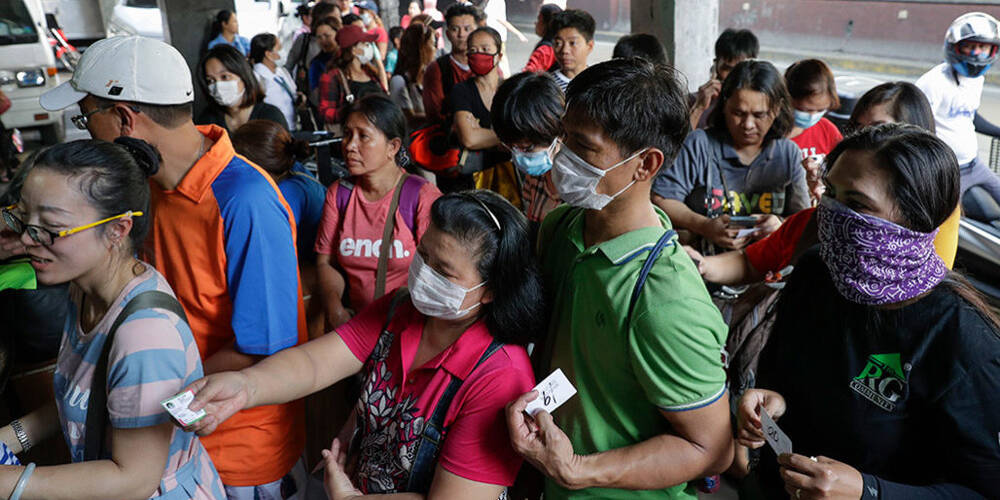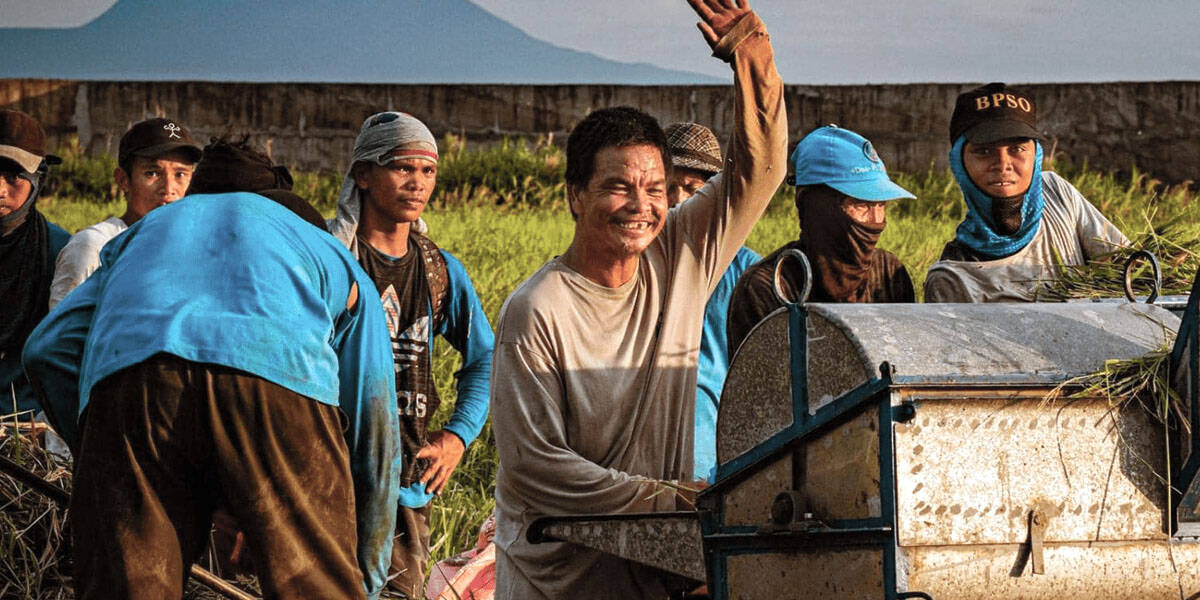According to the 2017 Global Findex, a staggering 69 percent of Filipinos have no current and existing bank account. Compare that to the 105-M population of the Philippines that means 73,500,000 remains unbanked. That’s worse than the average rate in developing economies of 46 percent and far worse than the global average of 38 percent.
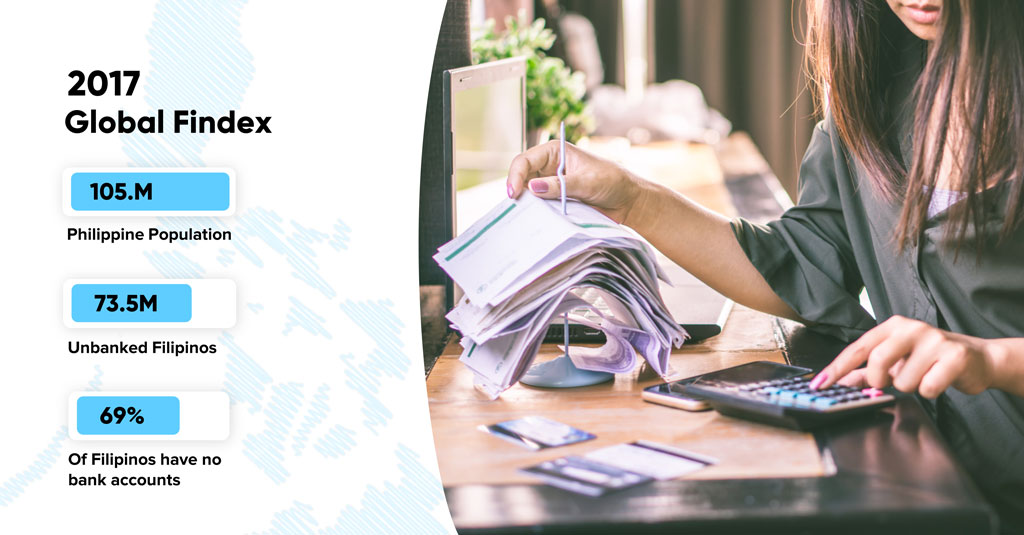
Photo courtesy of Doucefleur via Freepik
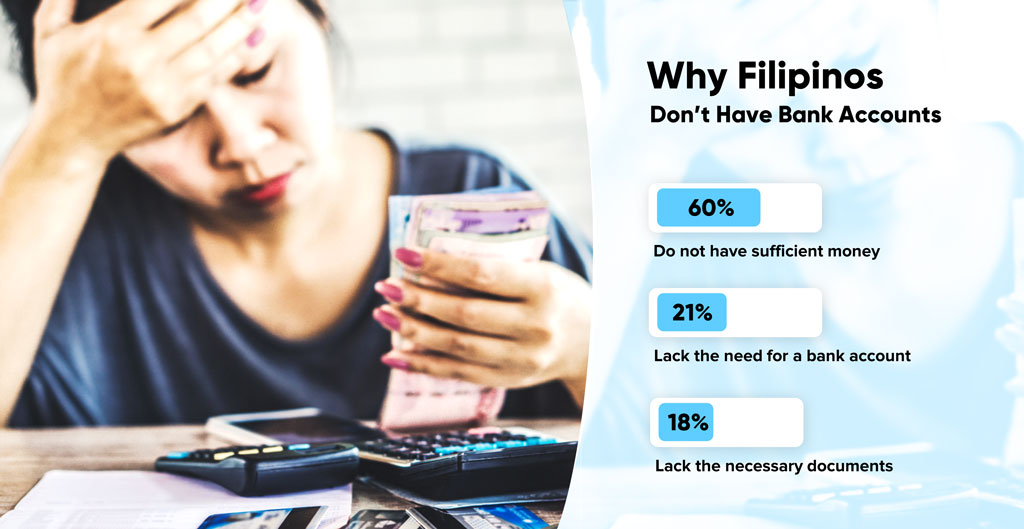
Photo courtesy of Doucefleur via Freepik
In a survey conducted by the Bangko Sentral ng Pilipinas (BSP) last 2017, 60% of respondents cited poverty or not having enough funds and cash-on-hand as to why they don’t have a bank account. Reasons then followed are the perceived lack of need for one (21%) and a lack of necessary documents (18%).
The absence of bank accounts limits the opportunities Filipinos have. When zoomed in to the situation, this means no capability to support further study of children, no money in case of any medical emergency, and no money to invest and grow on their own.
That is why many Filipinos still rely on the age-old method of saving money at home. Placing extra cash on their alkansya and participating in other forms of informal savings and investments like hulugan and paluwagans, etc.
This situation alone paints a picture of the current state financial inclusion in the Philippines.
Rural Banks as Unsung Heroes of the Banking System

Photo courtesy of Wikimedia, Business Mirror, Ipinimg and Rural Bank of Dulag
If we want inclusive growth in the Philippines, we need to start bringing more opportunities to the countryside and far-flung places. Enter rural banking in the Philippines.
“Rural banks in the Philippines show great potential in becoming a catalyst for financial inclusion in the country.”
With the combined help of the government and the Rural Banking Association of the Philippines, we can make rural banks more relevant and accessible to all Filipinos.
Governor Nestor Espenilla, Jr. has even said it himself in his speech for RBAP’s 65th Annual Convention:
“Rural Banks are the #LODIs for Financial Inclusion.”
A coin termed by Filipino millennials, which means “IDOL,” this takes of RBAP’s 2018 theme of “Leading Onwards to Development and Inclusion #LODI.” Showing the willingness of the organization to reposition itself to serve the growing needs of a new breed of financial customers.
He said, “Rural banks have proven themselves to be LODIs in their own right… [they] may be smaller in size compared to commercial and even thrift banks. Still, they have proven their mettle and invaluable contribution to countryside development through the financing of rural communities.”
With RBAP’s extensive network of 2,745 banking offices nationwide, the industry is seen as a catalyst for greater financial inclusion. With the provincial network of almost 97 percent, rural banks can serve more Filipinos and provide financial education, protection, and of course, inclusion one needs. One in every three banking offices located in the Davao Region and Mindanao is a rural bank—a testament to how far we can go with Philippine rural banking.
The role and importance of rural banks in the Philippines are to promote and further expand the rural economy by providing Filipinos in rural communities with essential financial services like creating bank accounts, giving rate-friendly loans, and setting Filipinos up for financial protection in the long-run.
Rural Banks Rooting for the PH Agricultural Sector

Photo courtesy of Thannaree via Freepik
The rural bank’s focus is our fellowmen in the Agriculture industry. AAMBIS-OWA Party-list Rep. Sharon S. Garin said it herself, “The agriculture sector is said to be the second-largest generator of employment in the country. Workers from agriculture sectors are also among the poorest citizens,”
That is why the call for rural banks in the Philippines to become more active and present is stronger than ever. Our rural banks can provide the much-needed capital to boost agriculture activities and empower them by helping farmers and fishermen through their stages of production. From the beginning process of buying seedlings and the necessary equipment to assist in the marketing of their produce.
Rural banks are not just giving financial means to Filipinos, but providing the necessary monetary aide for them to do their work better.
The Roadblocks to Financial Inclusion

Photo courtesy of Skawee via Freepik
The current working situation of rural banks and the agriculture sector wasn’t always like this. It was intended to be, but it was not pulled through successfully.
Back in the ’70s, rural banks offered loans at low-interest rates to boost economic productivity in the countryside by providing credit for rice, corn, fisheries, and many other agricultural production programs.
As rural banks grew in number in 1981, less money was being made available to those who were meant to benefit from them. The situation turned sour as the government was ready to call it quits on the program when the funds were not distributed to the right people. Farmers and fisherfolks were complaining they could not get loans intended for them, thus settling on informal lenders with higher interest rates.
A rural bank rehabilitation program was adopted, the Rural Banks Act of 1992, aimed at nursing back ailing rural banks that left about 500 rural banks in the Philippines. Fewer in number, but more heavily regulated and empowering to the community.
Rural Banking to go Digital

With better bank operations and conditions, people in towns and barrios can now trust these banks with their money and their future.
With the trust in rural banks re-established, it’s time for these establishments to leverage the benefits of technology and bring more Filipinos into the formal financial system, especially those in far-flung areas that larger firms cannot serve.
Going back to Espenilla’s speech, “… it is crucial for the [rural banking] industry to leverage innovative technologies… [to] further expand market reach and enhance existing service delivery channels in rural areas.”
With the digital transformation of the banking system, the rural banking industry serves as a dependable and robust delivery channel in the provision of banking services. We are counting on our rural banks to assist in further bringing about economic progress to the rural communities.
Innovations enabled by digital technology can not only make agri-financing more viable but also unlock new opportunities for rural banks to deliver a whole range of financial services catering to the unique needs of farmers and their communities.
Tapping these opportunities can evolve rural banks into valuable full-service community banks – a true pillar of countryside development.
PearlPay Solution: Digitizing the Rural Banking System
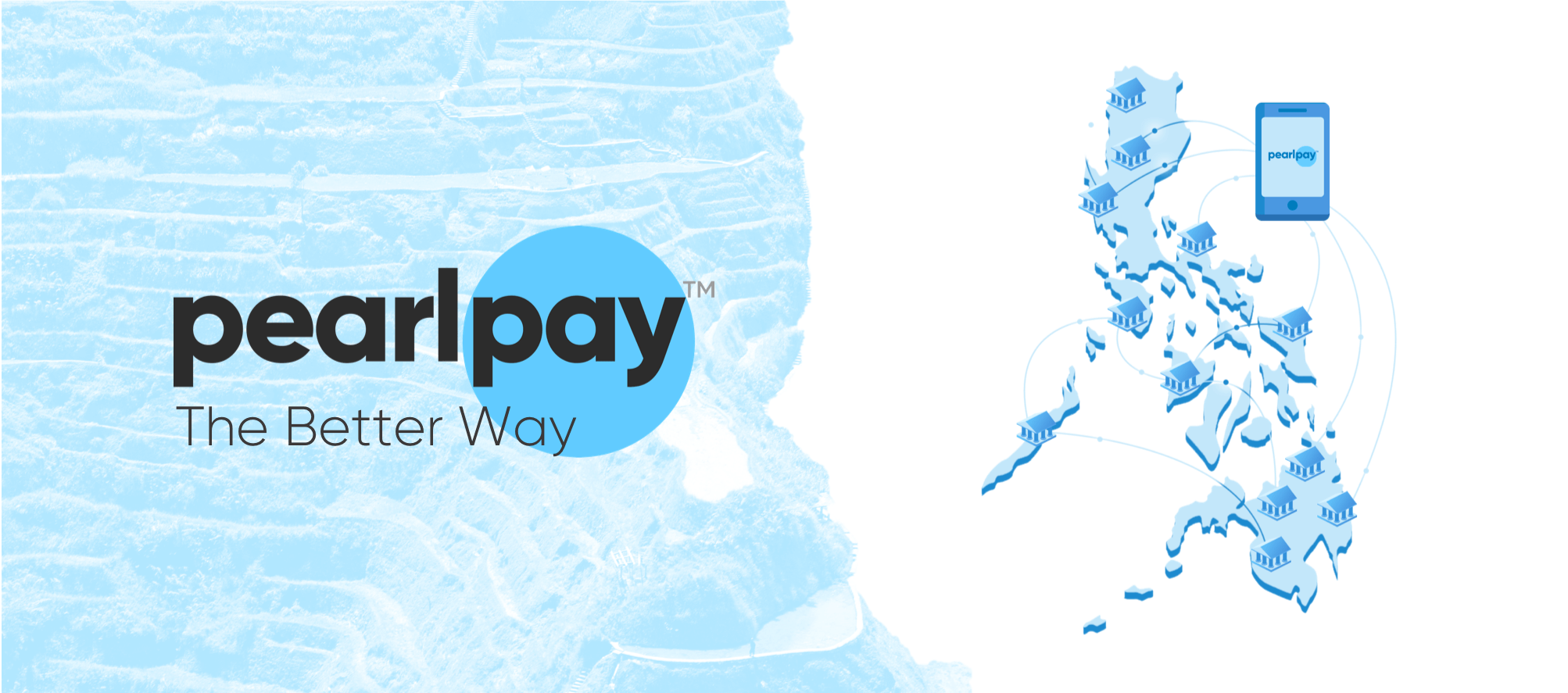
In line with Espenilla, PearlPay believes that through digital, we can further improve the state of financial inclusion through our rural banking system. With the Bangko Sentral ng Pilipinas’ (BSP) mandate to embrace digital, part of PearlyPay’s mission is to provide quality and affordable solutions that will aid rural banks in their digital transformation. In results, our efforts will yield universal financial access and services to the unserved and underserved Filipinos in remote and far-flung areas.
Related Posts
April 12, 2021
Growth of Digital Payments in the Philippines Boosts Financial Inclusion
Read about the growth of digital payments in the Philippines, its role in boosting financial…
February 1, 2021
Why Filipinos Remain Unbanked: Addressing Banking Challenges In The Philippines
Understanding and addressing the reasons why Filipinos remain unbanked will help banks provide more…
October 22, 2020
The Role of Agriculture: Rebooting the Philippine Economy
Here's how the role of agriculture in Philippine economy can help the country recover, grow, and be…


